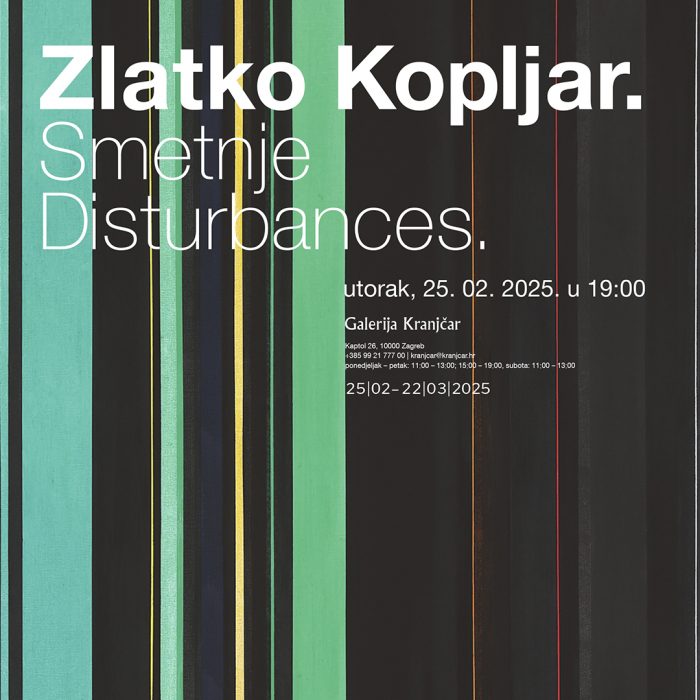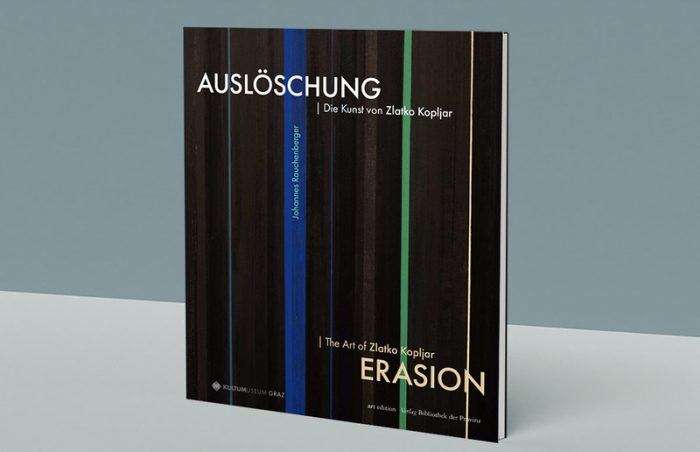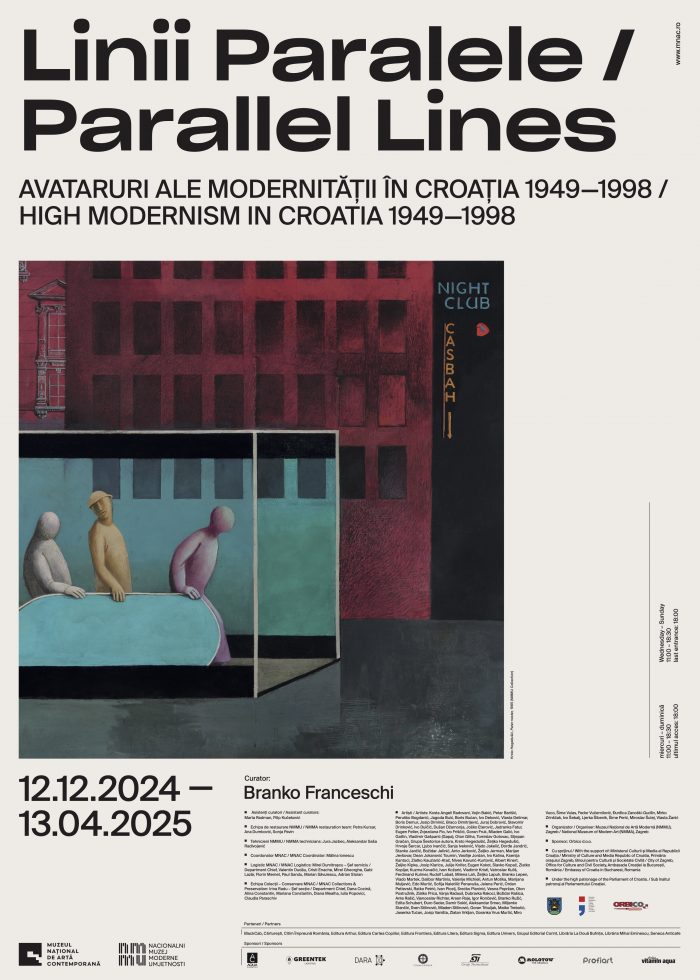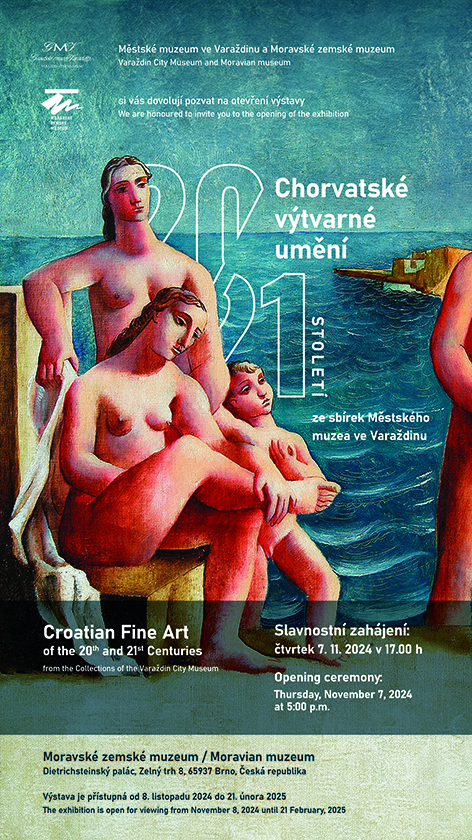Mladen Lučić
Zlatko Kopljar abstained from painting for about thirty years, expressing himself through performance, photography, video, and film. The last paintings of his that I remember were from the Sacrifice cycle (1992, mixed media on canvas, 190 x 250 cm), presented at the major exhibition New Croatian Art by Igor Zidić at the Art Pavilion in Zagreb in 1993. These paintings represented a certain experiment, both in the materials they were made from and thematically, because the motif was an abstract, most often Art Informelian stain that lived in harmony with a geometric raster or a monochrome dark surface. Given his ease in handling large formats, originality in compositional solutions, and refined execution, it was clear that Kopljar had a strong painterly vocation. However, he soon abandoned painting and dedicated himself to other visual expressions, later explaining: “…At one point, I realized that performance was the best form for what I wanted to communicate. I found it very interesting to engage directly with the audience. I continued doing performances until, during one particular piece, I felt discomfort. Later, I moved into photography, video, and film, still with a performative foundation, even creating objects and sculptures. It’s possible that my choice was also influenced by the fact that I didn’t have suitable working conditions for painting.” During his thirty-year period away from painting, Kopljar successfully built his art using contemporary media, primarily focusing on social discourse. His main interests were the position of the individual in relation to centers of power, drawing attention to the social status of the artist and his relationship with museums, galleries, and market institutions, as well as broader issues related to a dehumanized global society. In various cycles, he created numerous anthological works, not using activist, but rather intellectually and aesthetically rounded artistic languages. Although he abandoned painting, he never fully renounced it, and it occasionally manifests in his performances and photography. I also believe that two of his video works evoke painting in a certain way. In the video K21 Random Empty (2016), red, green, and blue colors emerge alternately from dominant black. Besides being complementary, these are also the primary colors for creating the color spectrum in television and video images (RGB). While this work analyzes the medium itself, in my view, the artist also comments on monochrome painting, as this video complements (or is part of) an installation consisting of two hollow concrete objects. This work, in turn, metaphorically connects to the previous piece, K20, which presents models of two of the world’s most prestigious contemporary art museums and symbols of institutional power: New York’s MoMA and London’s Tate Modern. The artist cast these museums in concrete, sealing all entrances and enclosing them with walls, illustrating his perspective on leading museum institutions as closed and exclusive systems.This theme is also evident in his earlier work, K4, created for the 2002 exhibition Here Tomorrow. For that project, he blocked the main entrance of the exhibition at the Museum of Contemporary Art (then still located in Kulmer Palace on Katarina Square) with a twelve-ton concrete block. The hollow concrete block in K21 Random Empty speaks to the emptiness that results from museum institutions prioritizing power and money over art itself. This is why I believe that K21 Random Empty foreshadows a future where painting, if Kopljar’s predictions come true (and we are increasingly heading in that direction), will only be accessible virtually, mediated through electronic media. Another video work that could be associated with painting is K9 (2003), part of a photographic series showing the artist in a black suit, kneeling with his head bowed on a white handkerchief amid heavy traffic in front of emblematic buildings and landmarks in New York.
Read More “Smetnje / Disturbances”


